In the past decade, online crowdfunding has gone from experimental technology to budgetary mainstay.
In the beginning, crowdfunding was an intriguing new approach that individuals and grassroots groups could try as a way of gaining support for their work. Now, it’s become a cornerstone of countless project budgets for both unincorporated initiatives and established nonprofits that brings in tens of billions of dollars annually.
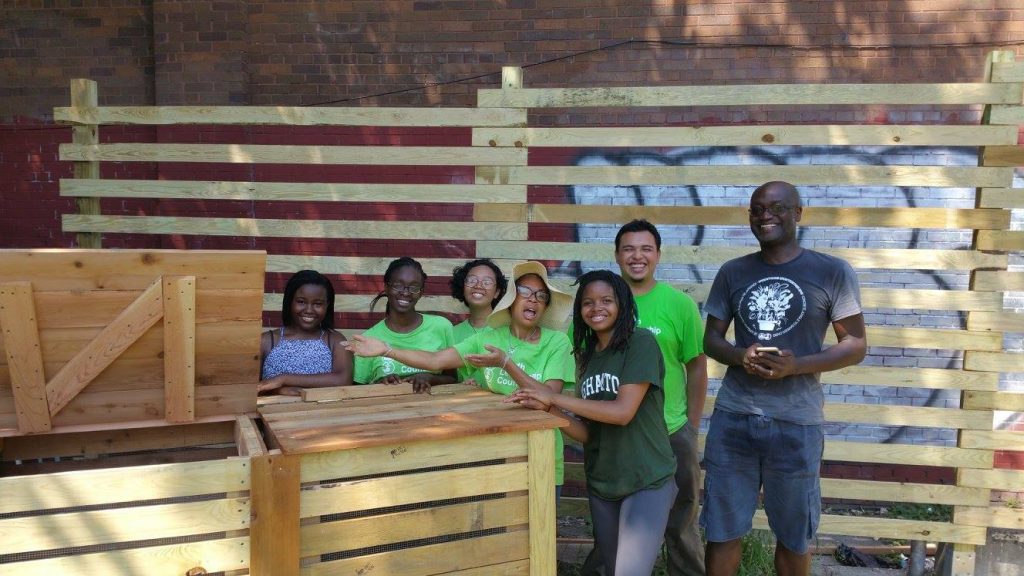
Crowdfunding’s explosive success has been a boon to both organizations and donors, but in the gold rush, some misinformation about how crowdfunding works has taken root.
At ioby, we help resident leaders, grassroots organizations, and nonprofits launch successful crowdfunding campaigns so they can make positive change in their communities. Some of that work involves clearing up untruths like these…
ioby’s top 6 crowdfunding myths
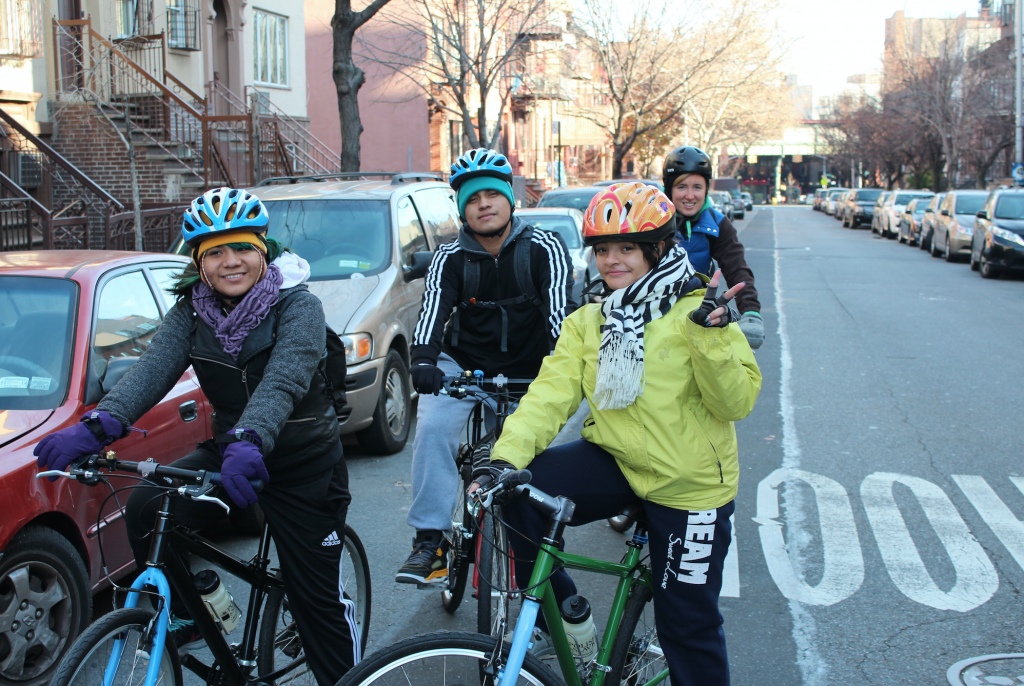
1) We can put up a page and watch the money roll in!
If only it were this easy. But think about it: when was the last time you woke up and thought, “Gee, this money’s burning a hole in my pocket. I think I’ll get online and see who I can give it to…”
In reality, there is no magical community of funders just waiting to support projects on crowdfunding sites. At ioby, we look at your campaign page as one tool in your fundraising arsenal—something like an online business card. It contains key information about your project, you can hand out links to it left and right, and people can use it to get in touch with you when they have questions. But that page itself isn’t going to talk to your friends, meet your neighbors at an event, or get itself in front of new people who might want to support your work. That’s where you come in.

2) The crowdfunding website will fundraise for us.
Sorry! ioby is here to help you every step of the way with our webinars, guides, expert staff, Action Corps, and many other resources. But your project is your good idea, and it’s your awesome network that’s going to chip in and make it a reality.
In our experience, between 70 and 80 percent of your crowdfunding campaign’s donors will be people you reach out to directly, and most of the other 20 to 30 percent will be people in their extended networks. It’s that ripple effect from the outreach work you do that fuels the crowdfunding engine.

3) Well then… social media will fundraise for us!
Sorry again. In our work, we’ve learned that less than one percent of people who see your social media post will become donors just because they saw it. Social media can be great for building awareness and creating “buzz” for your project, but it’s generally not a great tool for actually asking for money. (In the nonprofit biz, we would say social media is not a great tool for “donor conversion.”)
This is because, perhaps paradoxically, social media is impersonal by nature. The broad strokes of posts and tweets are made for mass consumption, whereas people support the people and things they care about individually. That’s why it’s essential that you personalize your asks if you want to succeed. This means taking the time to write one-on-one emails, to make phone calls, to knock on doors and host events. You need to approach people directly—face to face as much as possible—and talk with them about why what you’re doing is important to you and why you think they should care about it, too.
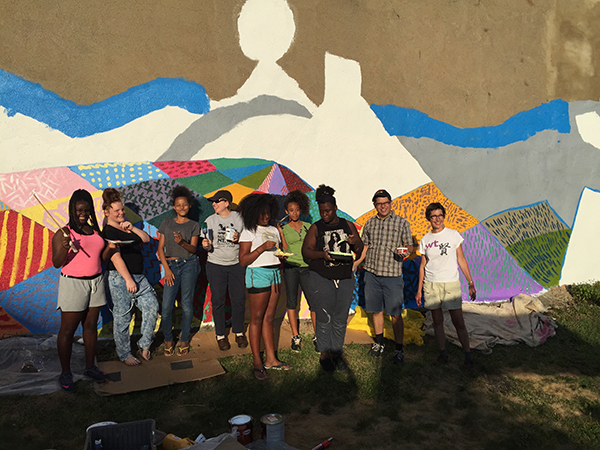
4) Crowdfunding will alienate our friends and annoy our families.
We can’t refute this one better than ioby Leader John Bailey, who raised over $13,000 to fund a tool lending library for his neighborhood in St. Paul, Minnesota:
“People like being asked. Our perception of fundraising can be: “I was cooking dinner and Greenpeace called me and I burned my food! It’s so annoying!” Or you get asked for money for something random at the grocery store and don’t know what to say. But when we’re asked by someone we know, it’s flattering. It’s saying: “I’ve thought about you and I know you would care about this.” It implicitly suggests, “I hold you in high regard.”
Science backs up the goodness of giving, too: supporting work we believe in makes us happier, healthier, and more grateful, and it helps us make connections with people around us. At ioby, we find this to be especially true in the context of community crowdfunding, since donors become real stakeholders in welcome changes they’re able to see taking shape in their own neighborhoods.
It’s true that your contacts may need to be nudged a time or two (or three) before they give, but many will be glad—and even proud—to do so.
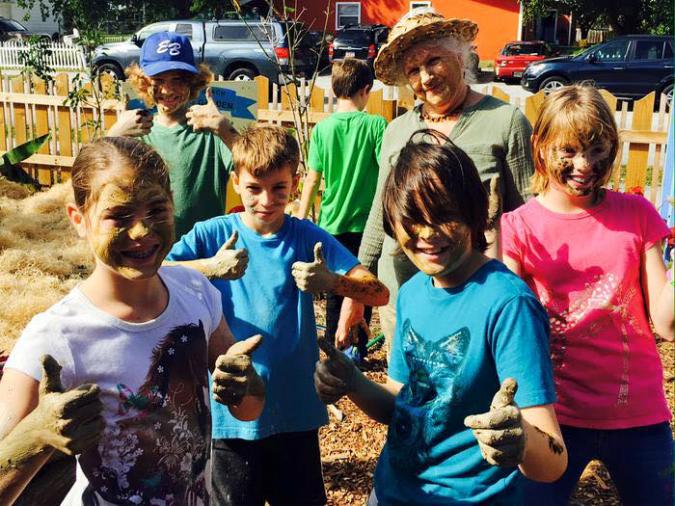
5) We need to have a sexy project to interest donors.
Grassroots leaders successfully crowdfund for simple, everyday things all the time! We’re talking garden sheds, backpacks for kids, building renovations—even (one of our favorites) a lawnmower.
Don’t be tempted to alter your project to be more provocative, or try to make it sound more glamorous than it is. Just work on explaining to prospective donors exactly what it is you’re raising money for and why it’s important. Clearly communicating the impact their support will have is much more important to your success than having a flashy project to promote.
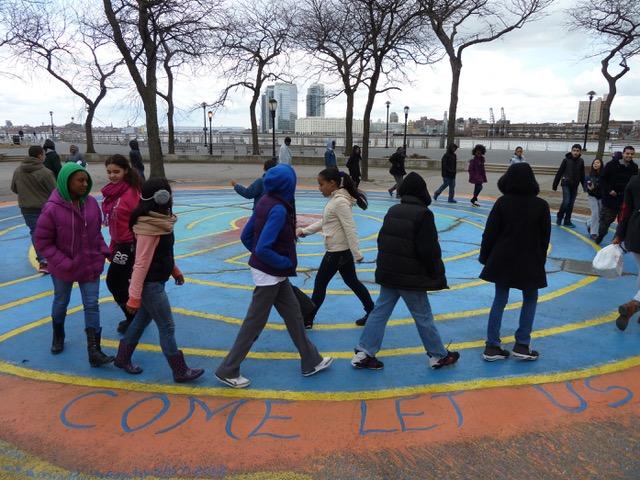
6) Why try anyway? Most crowdfunding campaigns fail.
Not exactly—it all depends on where you look.
Last time we checked, the other big-name crowdfunding platforms had full-funding success rates ranging from around 12 percent to around 40 percent. At ioby, we’re sitting pretty at over 80 percent! Why?
We think it’s all the resources, support, and coaching we offer our leaders to help them bring their ideas to life. With us, you won’t be lulled into thinking you can just set up a page and let the crowdfunding wizard go to work. We’ll help you market your campaign both on and offline to build donor interest and trust—and then you’ll see the Benjamins.
In sum: with more eye-popping stats rolling in all the time, it can be easy to think of crowdfunding as a magic money-making machine. But for better and for worse, crowdfunding is real work that requires planning, dedication, and focus.
Can it be tough to lead a winning campaign? Absolutely. But is it also possible, and fun? Do hundreds of neighborhood residents and grassroots groups succeed in doing it on ioby every year, raising many thousands of dollars to help their communities? You bet. Let us show you how.
***
Psst! Get into more crowdfunding myth-busting with ioby Partnership Manager Ethany Uttech and Leader Success Strategist Dominique Williams on this recording of our Facebook live event “Three Crowdfunding Myths Debunked.”